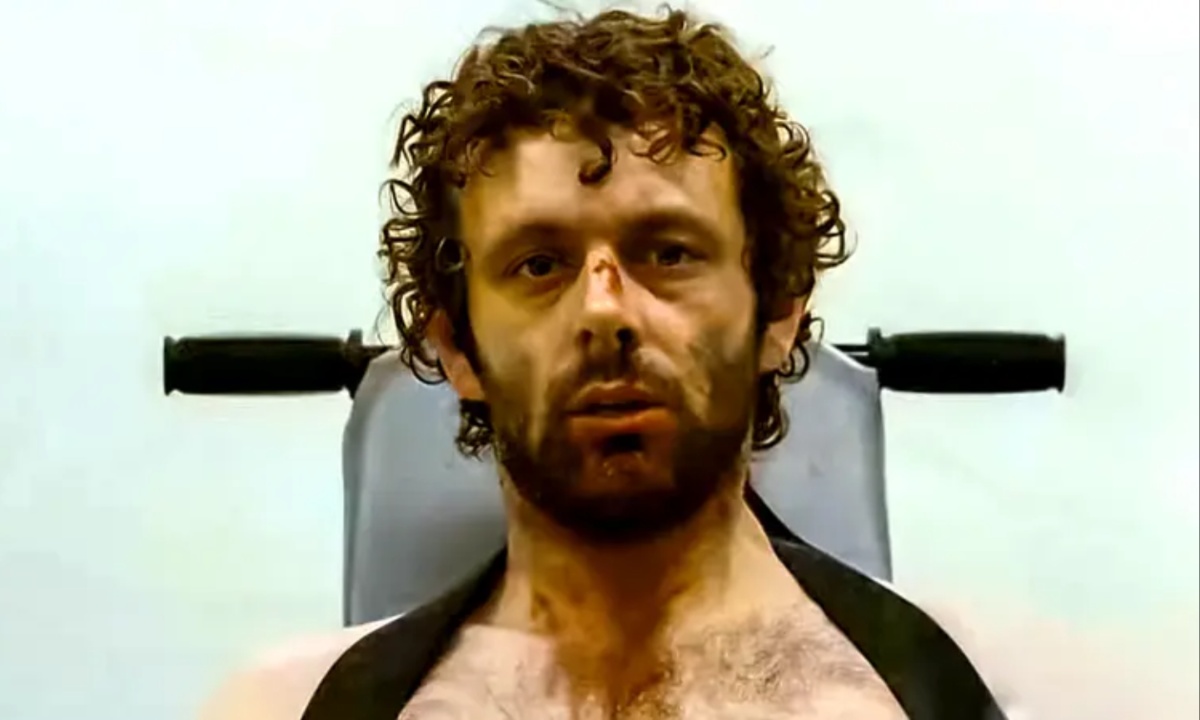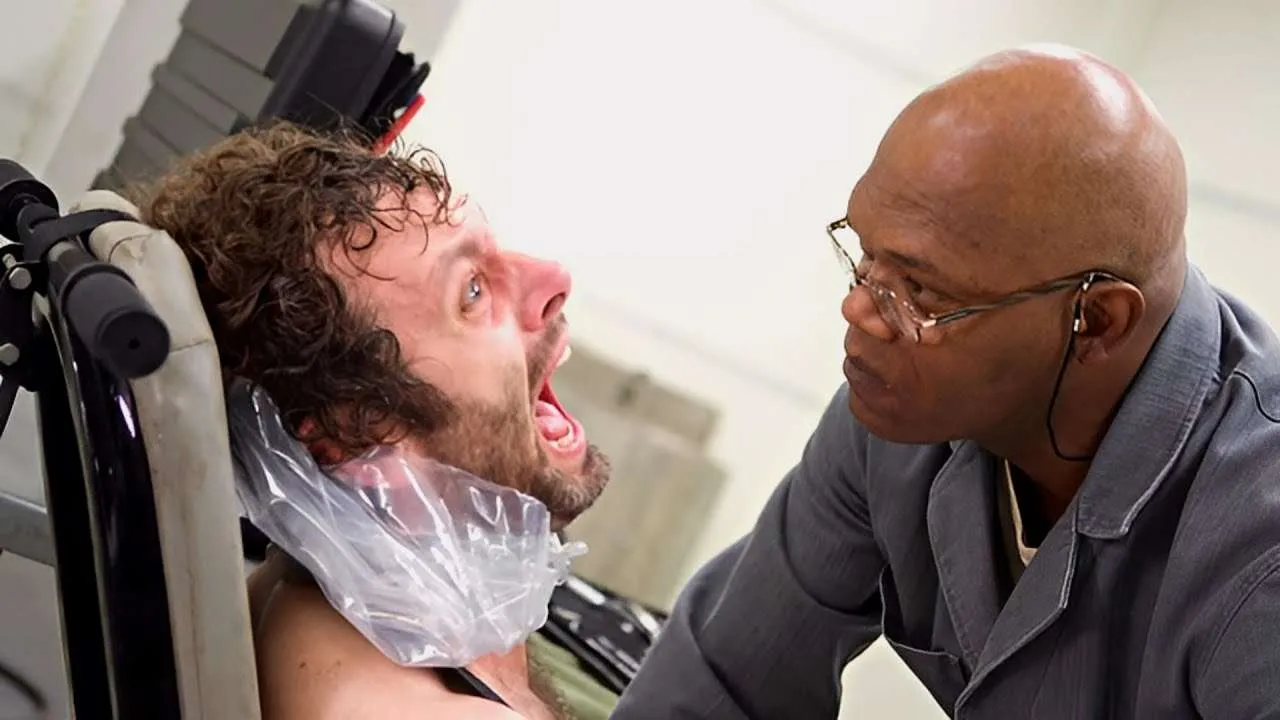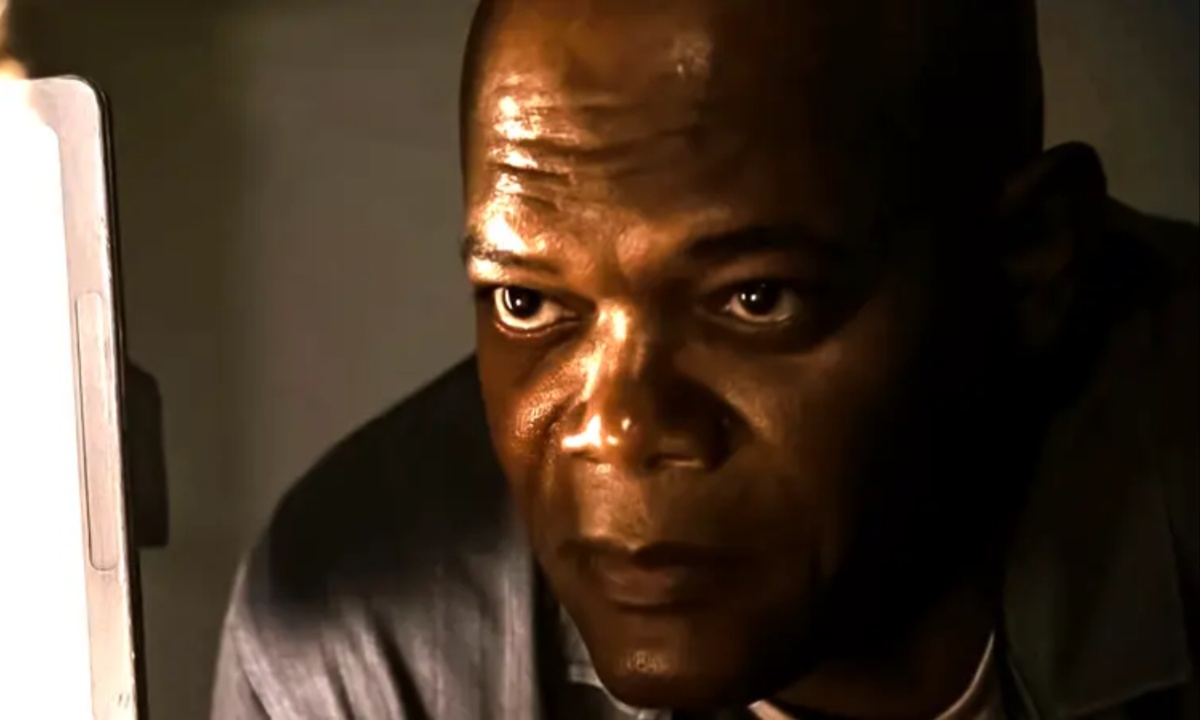The 2010 film Unthinkable, starring Samuel L. Jackson and Carrie-Anne Moss, explores the moral and psychological toll of extreme interrogation tactics in the face of a nuclear threat. The story centers around a terrorist, Steven Arthur Young, who warns of three nuclear bombs set to explode in major U.S. cities.
As the FBI, led by Agent Helen Brody (Moss), races against time to prevent disaster, they must confront the ethical dilemma of using torture to extract vital information from Young, who is played by Michael Sheen. The movie’s ending forces the audience to reflect on the price of saving millions of lives.
The film presents two contrasting characters: H (Jackson), a brutal interrogator with a shadowy past, and Agent Brody, who embodies humanity and moral resistance. H’s willingness to employ extreme methods to obtain critical intelligence sets the stage for an intense moral debate, while Brody’s opposition to such tactics underscores the theme of preserving one’s integrity under pressure. The film builds to a tense climax, asking the fundamental question: is it justified to sacrifice one’s humanity for the greater good?

The Interrogation and Its Escalation
The narrative tension heightens as the FBI interrogates Steven Arthur Young, who has already been severely tortured, with some of his fingers missing. Agent Brody, although committed to stopping the bombs, vehemently opposes the use of further torture.
However, H suggests threatening Steven’s wife, Jehan Younger, by suggesting the mutilation of her body to force Steven into revealing the locations of the bombs. Despite the FBI’s objections, the situation escalates when H kills Jehan, shocking everyone in the room.
With time running out, the FBI and military resort to using Steven’s children as a final tactic to extract information. They stress that the children must not be harmed and that it is only a ruse to force Steven to give up the locations. This strategy succeeds when Steven, distressed by the sight of his children in danger, reveals the locations of the bombs.
However, just when the situation seems resolved, H pushes for more, wanting to further intimidate Steven by threatening his children with harm. Agent Brody and others intervene to protect the kids, successfully getting them to safety.
In the final twist, H reveals that there was always a fourth bomb, a contingency plan orchestrated by Steven. Although law enforcement thought they had triumphed by discovering the locations of the three bombs, Steven had anticipated their success and planted a fourth device.
As the film builds to a dramatic conclusion, Steven seizes a gun and, rather than using it against the team, chooses to end his own life, taking the knowledge of the fourth bomb’s location with him. The movie ends with Agent Brody walking out of the building with Steven’s children, leaving the fate of the original bombs and the mystery of the fourth device unresolved.

The Alternate Ending and Philosophical Questions
The film also has an alternate ending, which offers a more detailed continuation of the story. In this version, after Agent Brody walks out with the children, law enforcement successfully disarms the three bombs, bringing a sense of closure to the immediate threat.
However, the camera reveals that the fourth bomb still remains, and as the countdown reaches zero, the screen cuts to black, leaving the outcome ambiguous. The obvious implication is that the fourth bomb detonates, resulting in the destruction of an unidentified city.
This alternate ending deepens the philosophical question posed by the film: Was the cost of torturing innocent people and risking the mental health of others worth saving millions of lives? Agent Brody’s decision not to torture Steven’s children, even if it meant potentially failing to locate the fourth bomb, suggests that preserving humanity and integrity is worth more than the sacrifice of innocent lives.
The question remains: could the same conclusion have been reached without compromising moral boundaries, or was the loss of humanity inevitable in the face of such a dire threat?



